Hello fellow pilots! How are you today? Do you control your drone, or does your drone control you? I hope that you are eager and hungry to learn today, because right now I’m sharing with you some knowledge that helped me send the quality of my work straight to the stratosphere.
Nobody Taught Me ANYTHING
When I started flying, I had nobody no one to guide me nor teach me, so I am more of a self-taught drone pilot. As time went by, I have studied a lot online and offline and have had very good teachers, but in those ancient (2016) times, I was on my own. So, everything was trial and error. And when you had to save for months to get a $600 drone, TRUST me, you don’t want to try that way of learning!
So, step by step I paved my way in this aerial filmmaking world, crashing two, maybe three drones, but as I tell my students: there’s two types of drone pilots, the one that already crashed and the one that’s going to crash. And I think that one of the biggest mistakes I ever committed was to fly my drone the same way I play video games.

Hey, grabbing the sticks of your RC maybe it’s not the most natural way of flying, because the fingers that naturally went to the record button and the gimbal dial are not the most comfortable ones, but that’s a small price to pay for the luxury of a very well executed flight.
The Big Master: Youtube
One of the things I most like about flying in a pinch grab is that my way to grab the sticks it’s not from the top but from the sides, so I can use the index finger as a brake in case the push of the left stick was too fast or too strong.
When you start flying FPV that’s a must, because to control the drone you are literally using the left stick as a thrust and as a brake, but with the stabilized drones, this stick serves to control the altitude of the drone.
So you can actually make an even more organic and beautiful fly and not do the kind of fast, non-controlled movements that when you accelerate the drone, they will stand out and your work will look like a total mess.
The Proper Finger Technique That Changed Everything

Let me tell you guys, when I first realized I was doing it all wrong, it hit me hard! I was watching some footage from a shoot I did for a local real estate company and I noticed all these ups and downs, some ugly turns and sudden movements that when you speed up the footage, they just scream “this is a newbie flying”.
That’s when I knew something had to change.
The game-changer was learning what pros call the “pinch control technique.” Instead of resting your thumbs on top of the sticks like you’re playing PlayStation (which feels natural, right?), you actually pinch each stick between your thumb and index finger. This gives you SO much more precision!
Here’s what happened when I switched:
- My footage became instantly smoother
- I could do much slower, more deliberate movements
- My battery life improved because I wasn’t constantly overcorrecting
- I stopped stressing so much during flights
Remember how I mentioned using the index finger as a brake? That’s crucial! When you’re descending or backing off the throttle, having that fine control prevents those jarring stops that ruin perfect footage. It’s like learning to feather a car’s brake pedal instead of stomping on it.
Practice Makes Perfect (But Here’s Some Shortcuts)
Now, I know what you’re thinking – “But this feels so unnatural!” Trust me, I GET IT. My hands cramped up like crazy the first week I tried this technique. But here’s a practice routine that worked wonders for me:
Start with the drone on the ground, motors off. Just practice moving the sticks with the pinch technique for 5 minutes every day. Focus on smooth, controlled movements. It’s boring but effective.
Next level: Try hovering at about 10 feet and practice making the smallest stick movements possible. See how little input you can give while still controlling the drone. This is when you’ll start noticing the magic of precision.
One drill I love to teach my students: set up a simple rectangular flight path and try to fly it at a constant speed and altitude. Record it and watch the footage. You’ll immediately see where your technique needs improvement.
The Payoff Is Worth It, I Promise!
I can’t stress enough how this simple change revolutionized my drone work. Clients noticed the difference. What used to take me 2-3 takes to get right, I could now nail in one smooth pass. That’s not just about looking professional – it’s about saving time, battery life, and reducing risk.
And speaking of batteries, better control means more efficient flying. I started getting extra time per battery after mastering this technique because I wasn’t constantly fighting against my own inputs.
The beauty of Drone cinematography lies in those buttery-smooth movements that almost make viewers forget they’re watching drone footage. When people watch your shots and don’t immediately think “Drone Video,” that’s when you know you’ve leveled up.
So, my fellow pilots, give your fingers the respect they deserve! They’re not just pressing buttons – they’re creating art through subtle movements.
It took me dozens of hours of practice and a couple of crashed drones to figure this out the hard way. Save yourself the headache (and wallet-ache) and start practicing this technique today.
Remember, we’re not just flying machines – we’re painting with them. And the finer your brush control, the more beautiful your work will be!
Have you tried flying your drone with the pinch mode? Let me know in the comments!
Discover more from DroneXL.co
Subscribe to get the latest posts sent to your email.
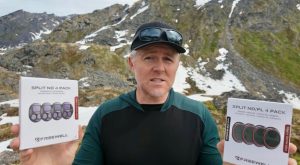
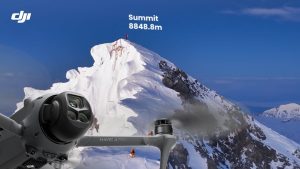
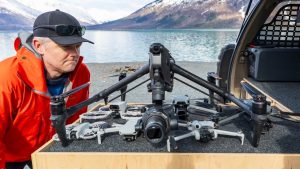
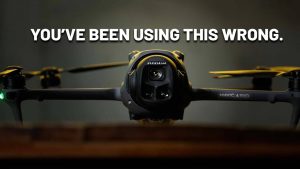

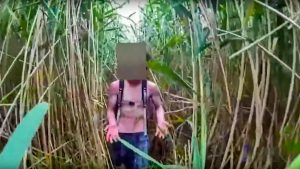


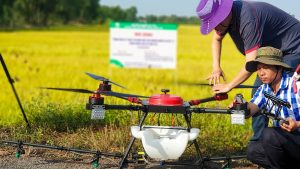
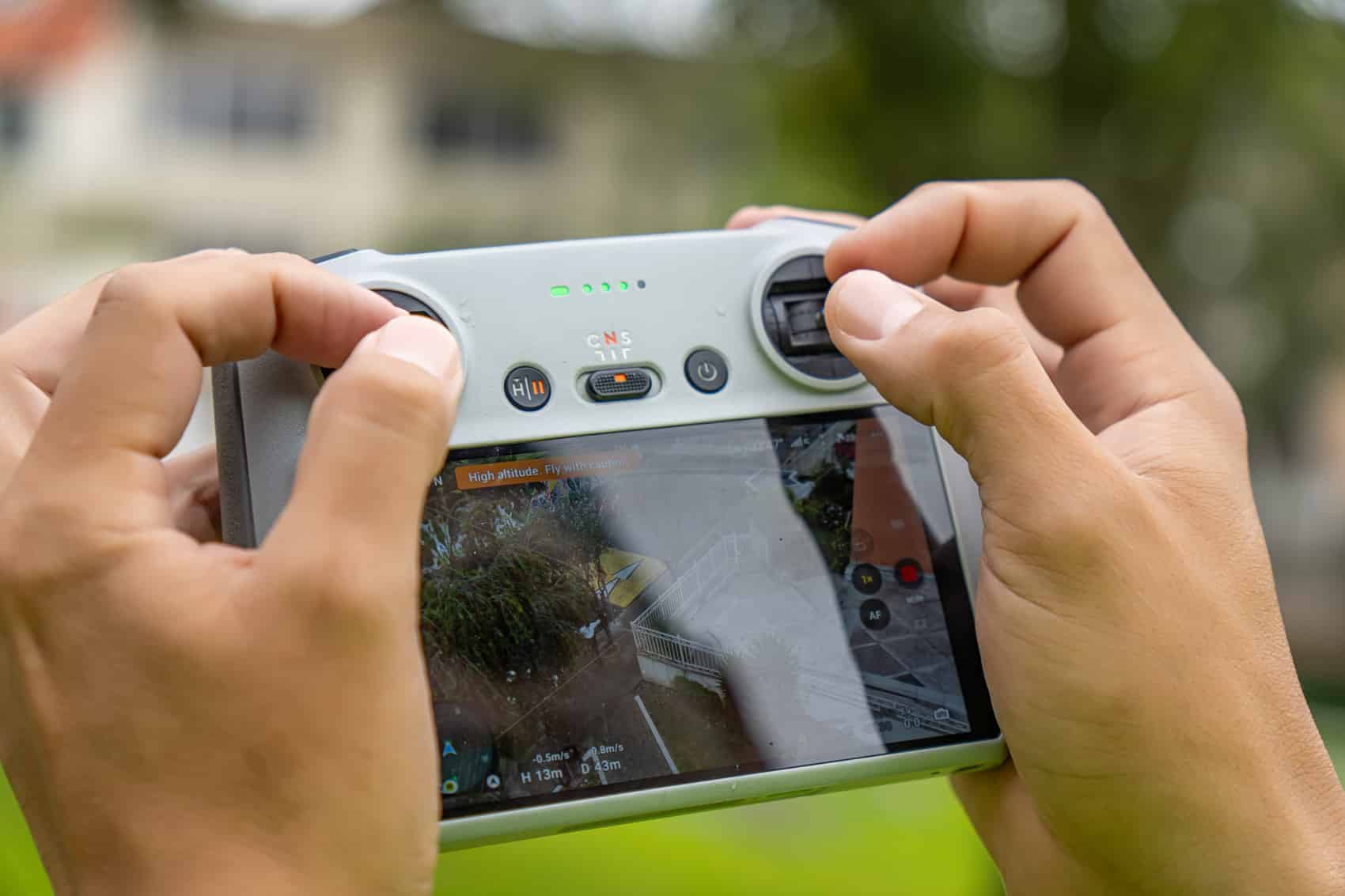
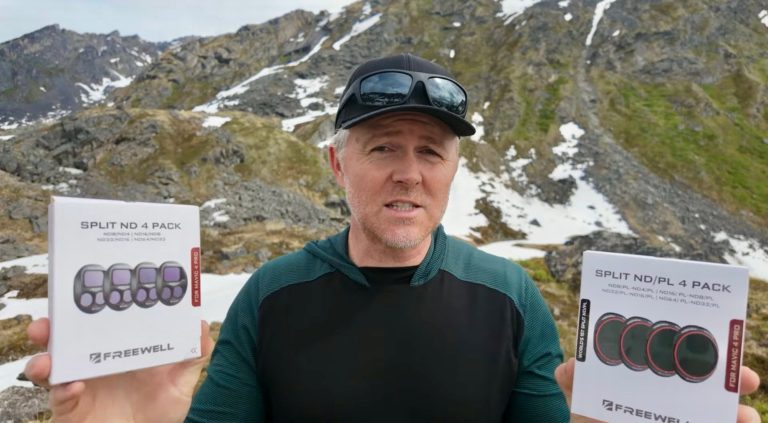
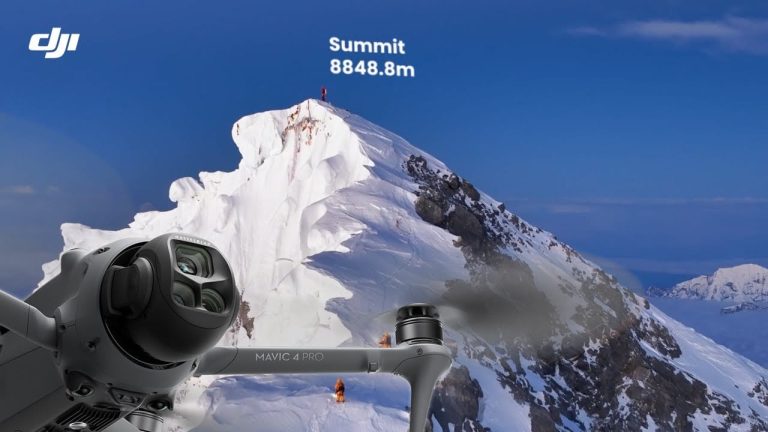
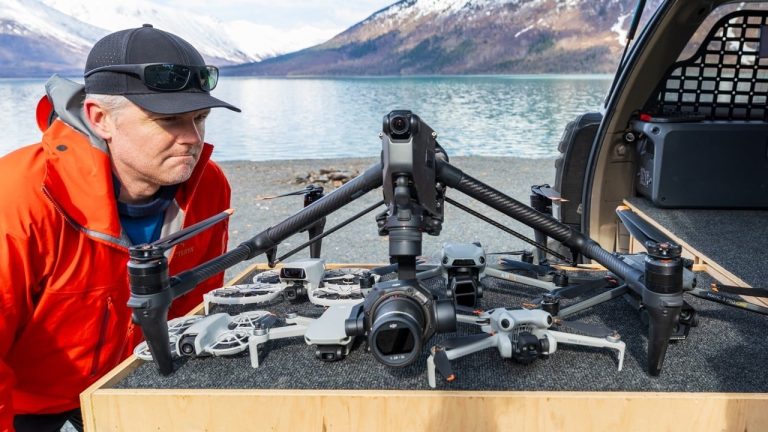
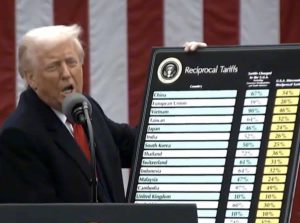

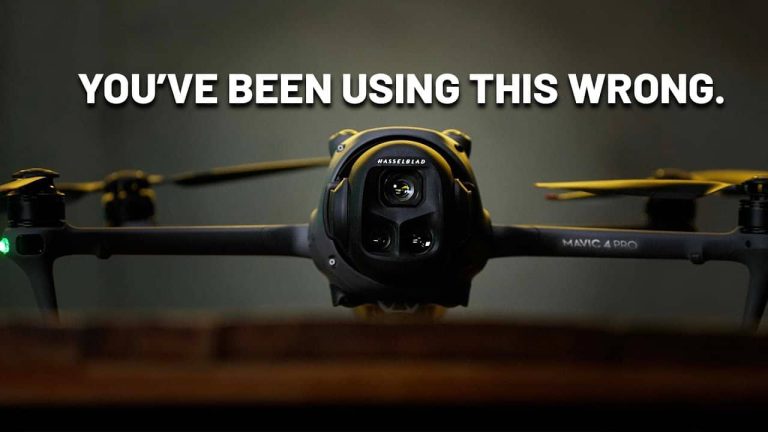
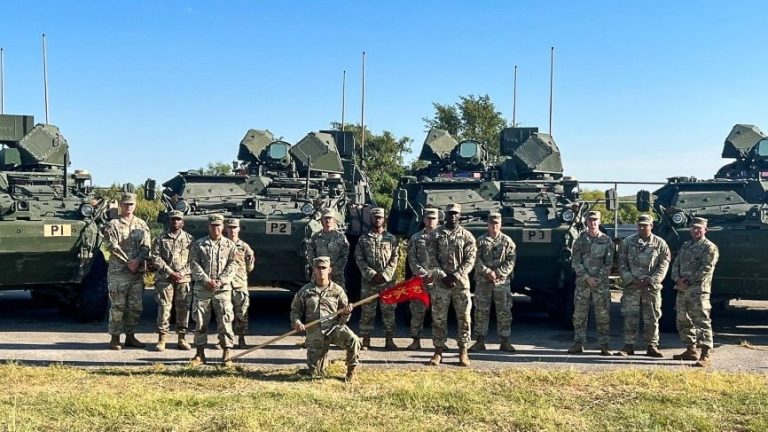
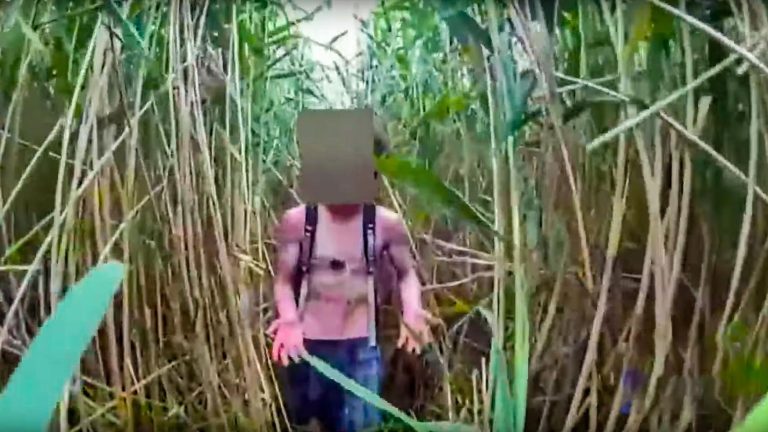
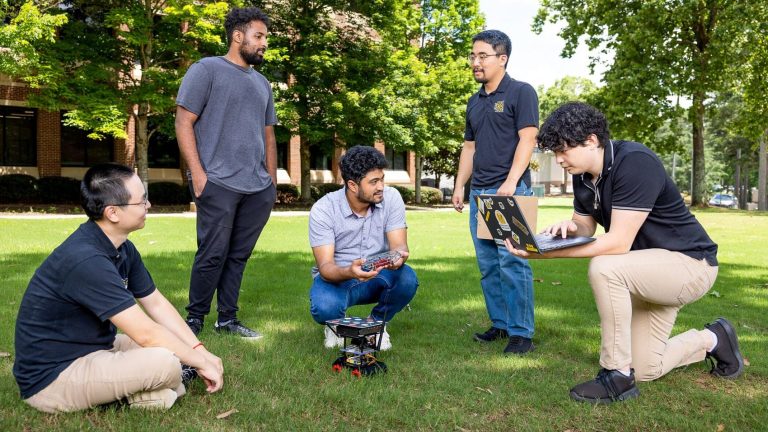
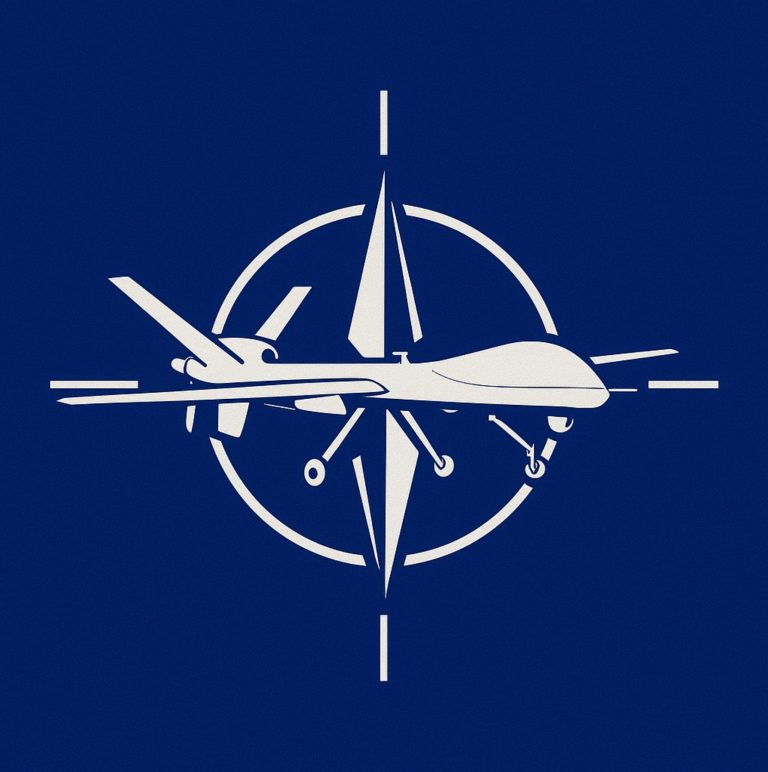
+ There are no comments
Add yours